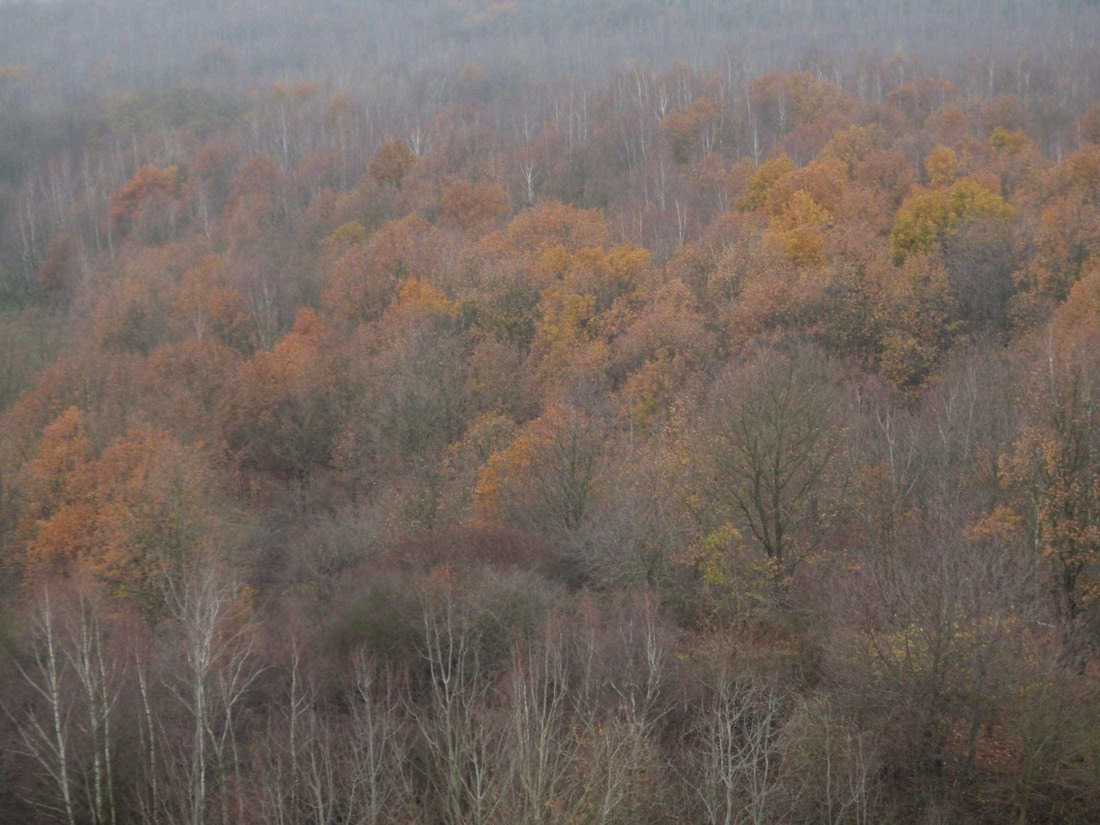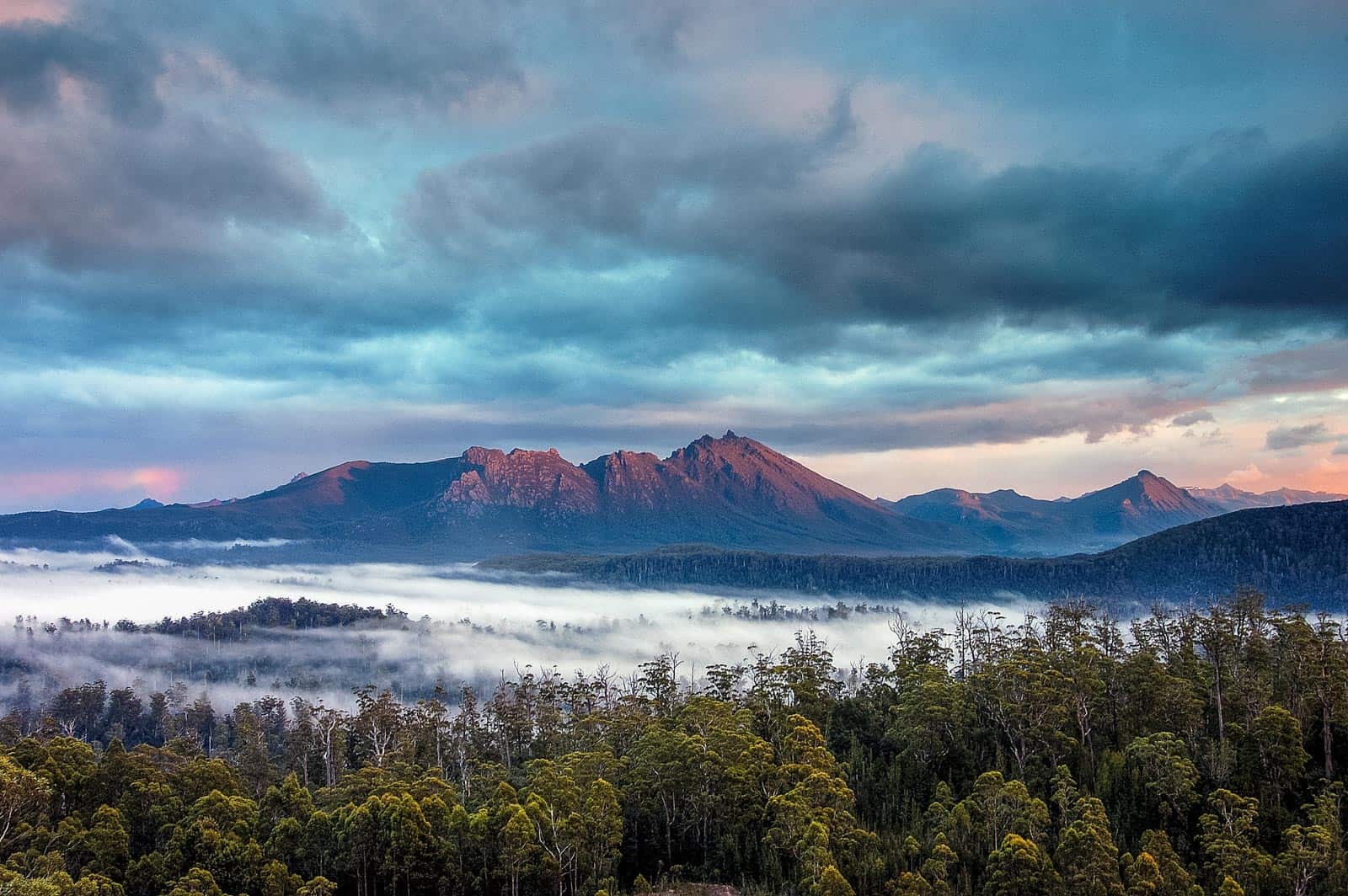Tanks, wolves and sundew
Most likely, there is no other place in Lower Saxony where life and death lie so close side by side, as the Military Training Area Munster South.
Between exploding shells and noisy tanks lots of rare animal and plant species are calling the 75km2 military area their home.
Since 1892 no traffic, no fertilizing, no tourism disturb the growth of protected plants like the sundew or the white beak sedge. Also several animals, which are protected in the FFH Directive, like the bullhead, the grayling and the lamprey live in the creeks on the military area, which proves its role of a unique nature reservoire.
The still very active training area even shelters the largest connected heath- and bogland habitat in northern Germany. In 2012 a wolfpack established it’s territory between the tanks and gave birth to a new litter every year since.
The NDR TV Nature documentary ‚NaturNah: Panzer, Wölfe und ein Förster’ tells this amazing story:
http://www.ndr.de/fernsehen/epg/import/NaturNah-Panzer-Woelfe-und-ein-Foerster,sendung332534.html
We from the European Wilderness Society are strongly believing in the power of self restoration of nature, without any human intervention, leading into the state of Wilderness.
We could wittness this non intervention process in its best at another ex-military training area, the NSG Königsbrücker Heide in saxony, which is currently in the qualification process for achieving the Certified Wilderness Gold Status and becoming the first IUCN category 1b Wilderness area in Germany.









What an irony! Former and existing military areas help wildlife to flourish…http://www.theguardian.com/environment/2015/feb/06/living-in-minefield-wolves-northern-israel we scare ourselves away and let nature to develop on its own